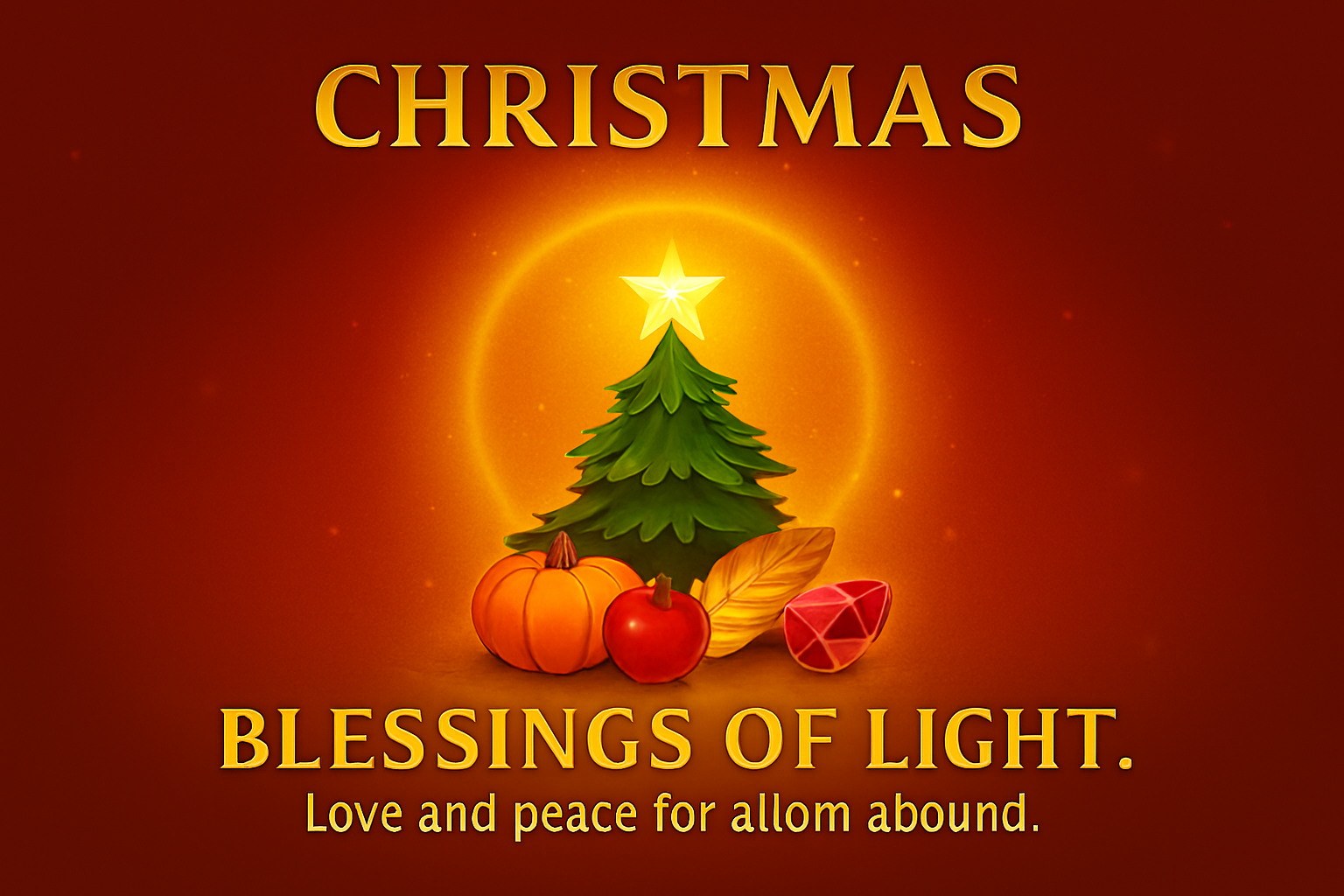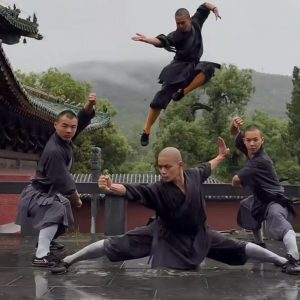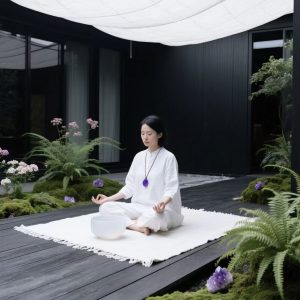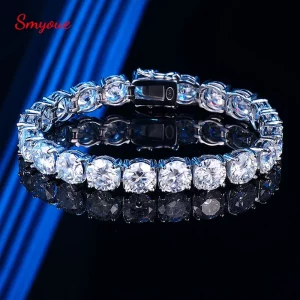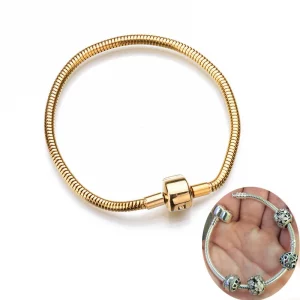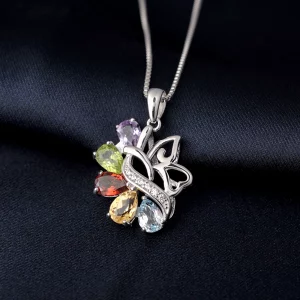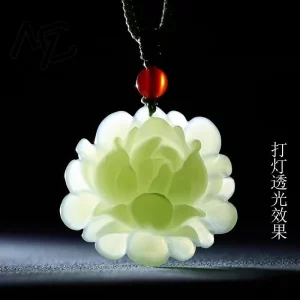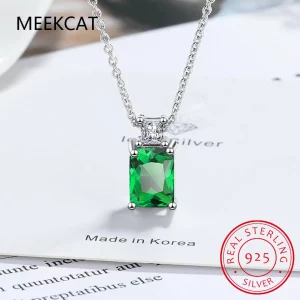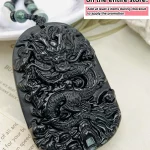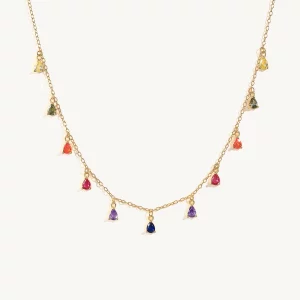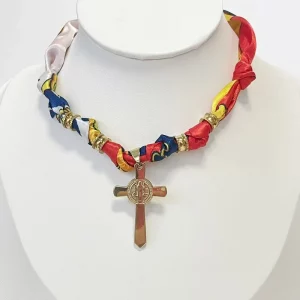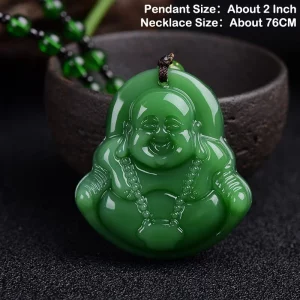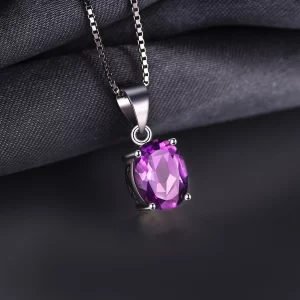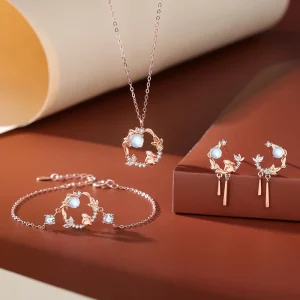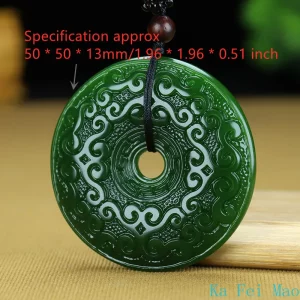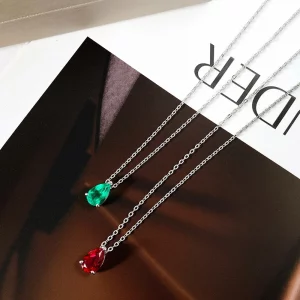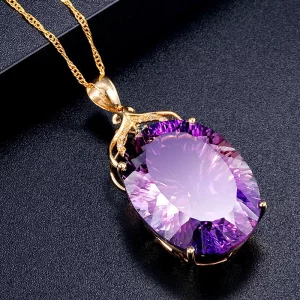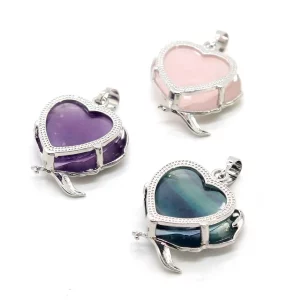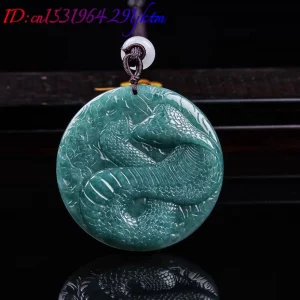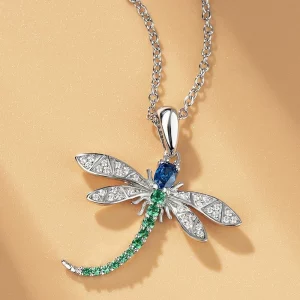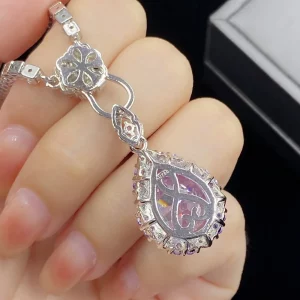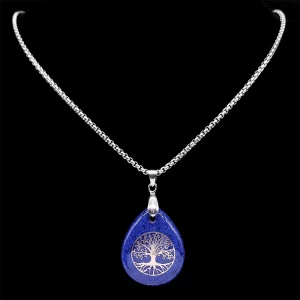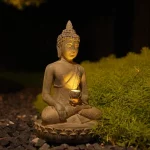🛡️ Shadow Guard: Protecting the Spirit in the Dance of Light and Dark
Introduction — The Guardian in the Shadows
Shadows are often misunderstood as symbols of fear or concealment, yet across traditions they are also seen as protectors. Just as light defines shadow, shadow defines light. The Shadow Guard is a practice of recognizing the protective power of darkness—how it shields, balances, and restores. To honor shadow is to honor the unseen guardianship that allows us to rest, to heal, and to grow.
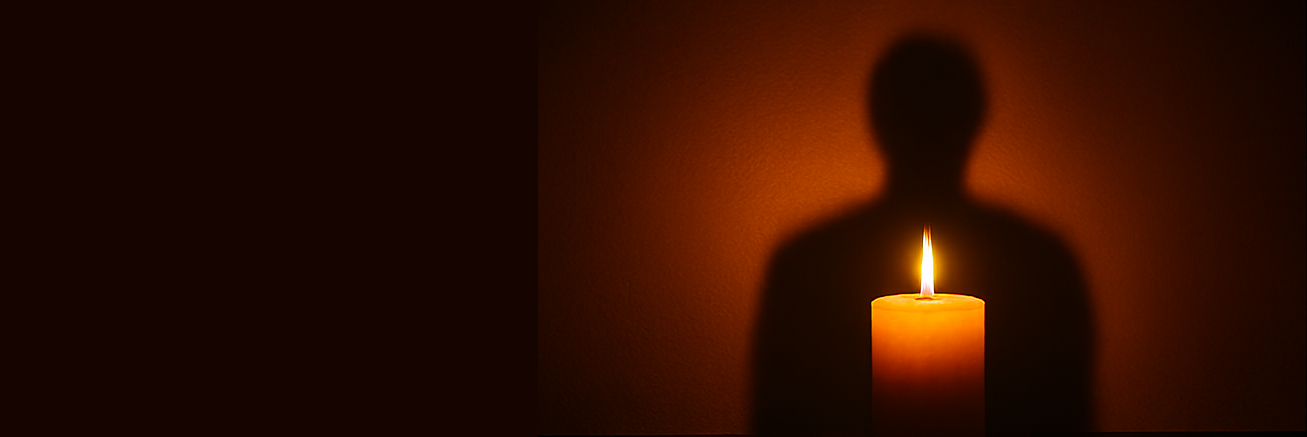
1. The Cloak of Protection: Shadows as Shelter
In ancient mythologies, shadows were not enemies but cloaks of safety. In Egyptian lore, the shadow (kaibit) was considered a vital part of the soul, always present as a companion. In Daoist thought, yin—the dark, receptive force—balances yang, offering shelter and restoration. In modern psychology, the “shadow self” is not to be feared but integrated, for it holds the parts of us that protect our vulnerability. Lighting a candle in a dim room, watching how its glow creates protective shadows, becomes a ritual of recognition. The shadow is not absence but presence, a cloak that shields us from overstimulation, a reminder that rest and retreat are sacred.
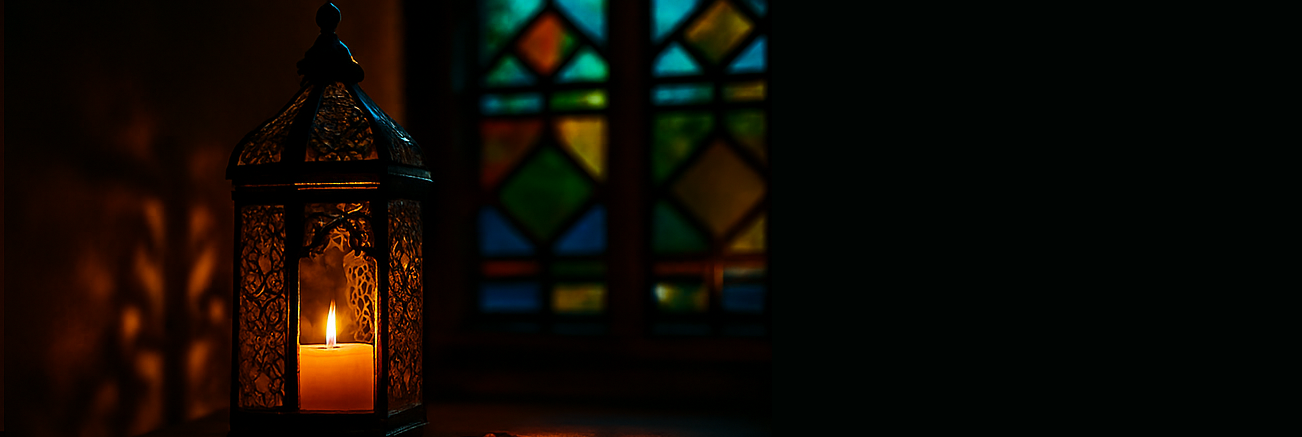
2. The Dance of Duality: Light and Shadow in Balance
Light cannot exist without shadow, and shadow cannot exist without light. In Zen gardens, lanterns are placed to cast intentional shadows, creating harmony between brightness and obscurity. In Gothic cathedrals, stained glass windows scatter colored light into dark interiors, reminding worshippers of divine mystery. In modern design, chiaroscuro photography and architecture use shadow to highlight form and depth. Ritualizing this duality at home can be as simple as arranging lights to create intentional shadow patterns, or meditating on the interplay of sunlight and shade in nature. The dance of duality teaches us that balance is not about eliminating darkness but about embracing its role in shaping beauty and meaning.
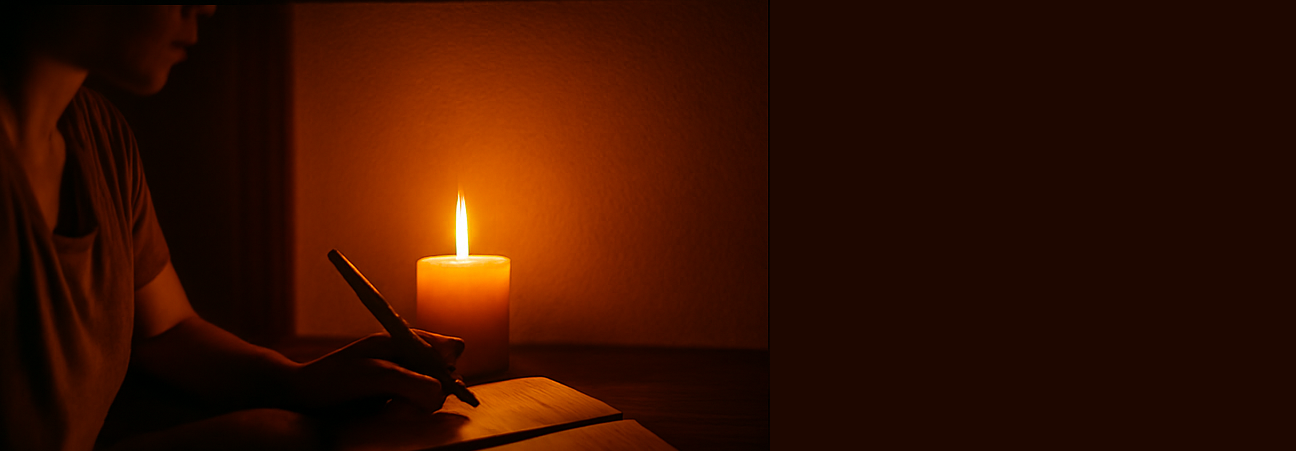
3. The Guardian Within: Shadow Work and Inner Strength
The shadow is not only external but internal. In Jungian psychology, shadow work is the practice of facing the hidden parts of ourselves—our fears, suppressed desires, and unacknowledged strengths. In shamanic traditions, shadow journeys are undertaken to retrieve lost parts of the soul. In modern wellness, journaling, therapy, and guided meditation help us integrate the shadow self. Lighting a candle and writing down what we fear, then placing it in the shadow of the flame, becomes a symbolic act of acknowledgment. The shadow within is not an enemy but a guardian, holding the keys to resilience and authenticity. By befriending it, we transform fear into strength, and concealment into clarity.
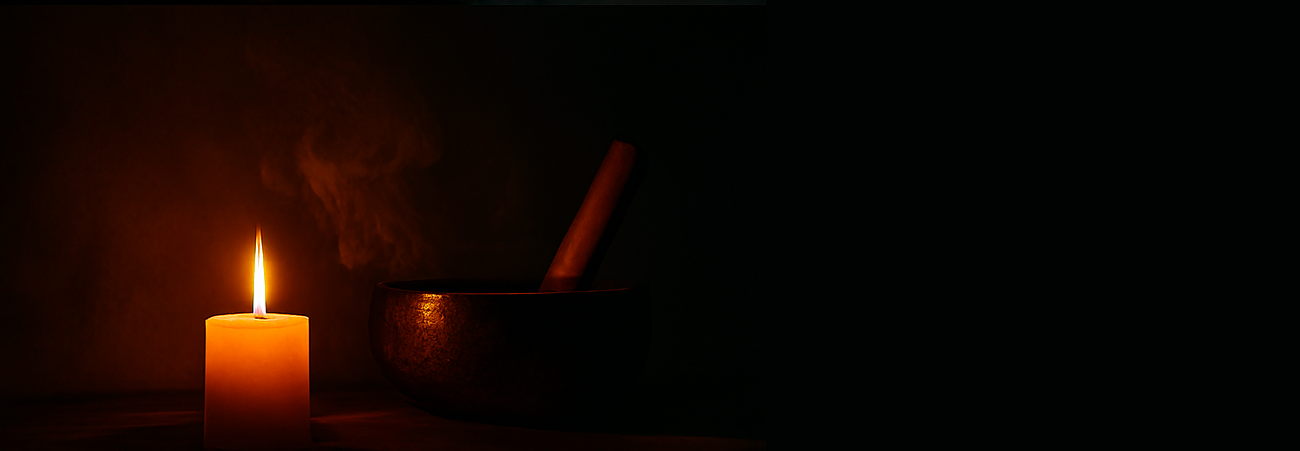
4. The Sound of Shadows: Resonance, Silence, and Protection
Sound, like light, is shaped by shadow. In ancient temples, chants were designed to echo in shadowed halls, amplifying their resonance. In African drumming traditions, rhythms played at dusk were believed to summon protective spirits. In modern sound therapy, low tones and deep vibrations are used to ground the body, creating a sense of safety. Silence, too, is a sound of shadow—an enveloping quiet that shields the mind from chaos. Creating a shadow soundscape at home might mean playing deep, resonant music in a dimly lit room, or simply sitting in intentional silence. The sound of shadows reminds us that protection is not always visible but always felt.
Conclusion — Embracing the Shadow Guard
The Shadow Guard is not about fearing darkness but about honoring its guardianship. By weaving together shelter, balance, inner strength, and resonance, we discover that shadow is not absence but presence, not weakness but strength. To embrace the shadow is to embrace wholeness, for only when we honor both light and dark can we truly be protected, restored, and complete.
Sacred Tools, Everyday Treasures
Every ritual deserves its tools. Our collection blends tradition with modern design, offering treasures that turn daily moments into living rituals.

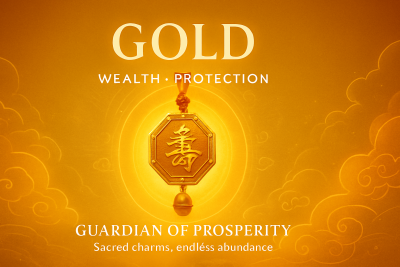
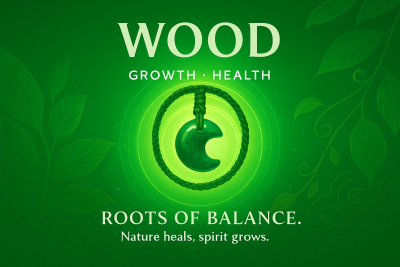
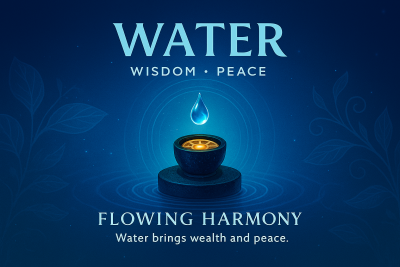

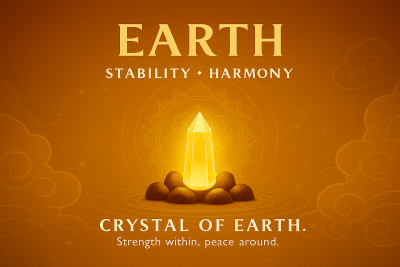
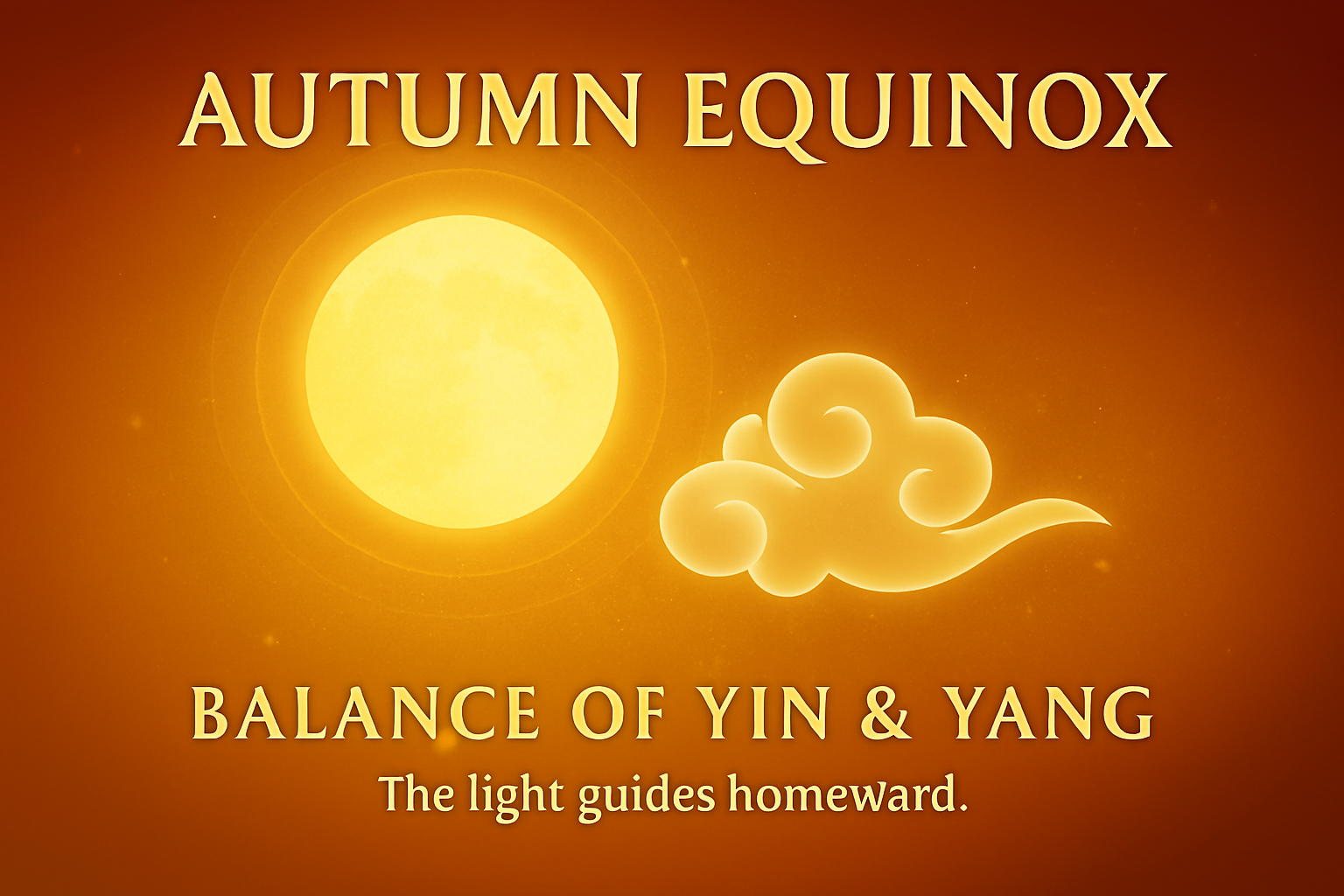
.png)
.png)
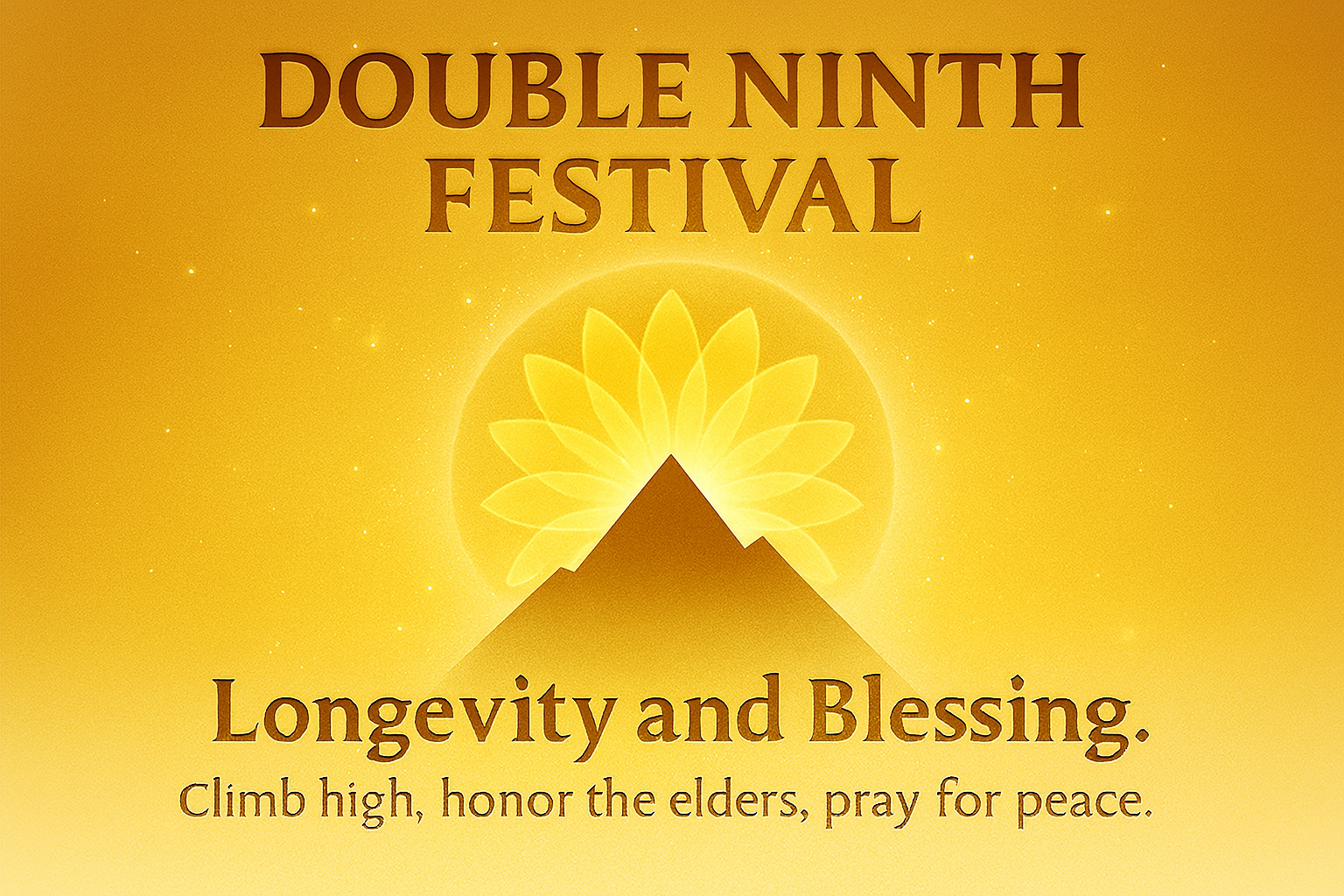
.png)
.png)
.png)
.png)
.png)
